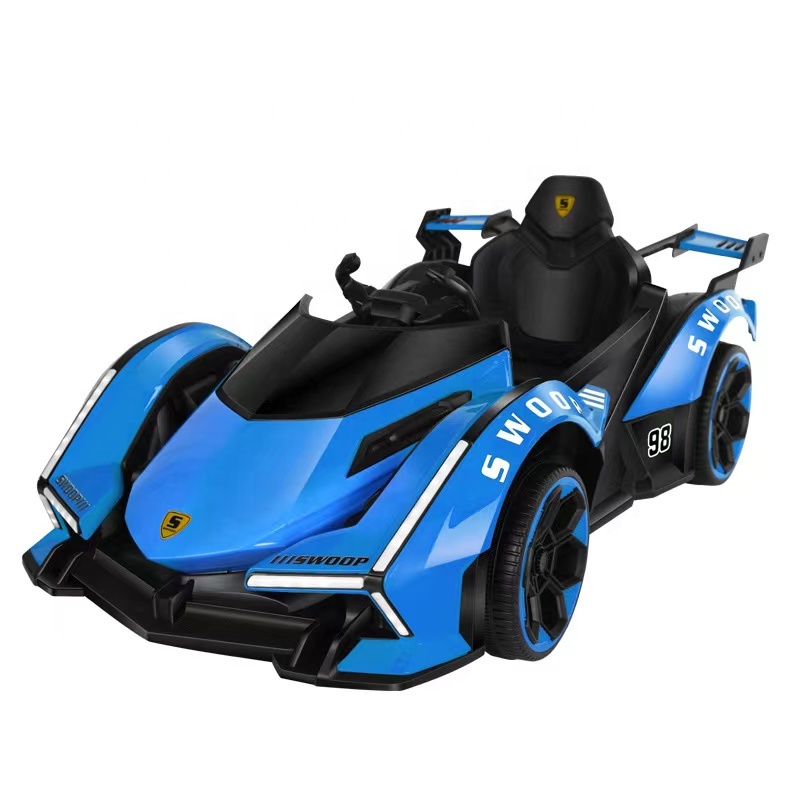Exploring Safe and Effective Alternatives to Baby Walkers for Infant Mobility and Development
Alternatives to Baby Walkers A Guide for Parents
Baby walkers have been a popular choice for many parents seeking to help their little ones learn to walk. However, numerous studies and expert opinions recommend that caregivers consider safer and more effective alternatives. This article explores several options that promote mobility, strengthen muscles, and encourage independence in a safe environment.
1. Push Toys
One of the best alternatives to baby walkers is the use of push toys. These sturdy toys are designed for babies who are ready to take their first steps. With their easy-to-grip handles and supportive structure, push toys provide the perfect balance between engagement and support. As babies push these toys, they develop their core strength and balance while enjoying the fun of moving around.
2. Activity Centers
Activity centers are another fantastic option. These stationary toys engage babies with various toys, lights, and sounds while allowing them to practice standing and bouncing. As infants play with the center’s features, they strengthen their legs and improve balance. Moreover, they can safely explore their surroundings without the risk of rolling away or toppling over, as can happen with walkers.
3. Baby Slides and Climbing Structures
For more adventurous little ones, baby slides and climbing structures designed specifically for young children can be a great addition to playtime. These encourage climbing, sliding, and exploring, all of which help to develop motor skills and confidence. Climbing helps strengthen the legs and encourages healthy physical development. Parents can supervise playtime to ensure safety as their babies explore their capabilities.
alternatives to baby walkers exporter

4. Crawling Tunnels
While babies are still crawling, tunnels can be an exciting way to encourage movement. Crawling through a tunnel can enhance physical coordination, improve strength, and stimulate curiosity. It mimics the movement patterns they will soon need for walking, all while keeping the experience fun and engaging.
5. Floor Play Mats
A simple yet effective alternative is the use of padded floor play mats. These mats provide a safe and padded environment for babies to practice rolling, crawling, and eventually walking. By creating a space filled with toys and engaging activities, parents can encourage their children to strengthen their muscles and improve motor skills naturally. As babies explore, they learn to move using their own body without the constraints of a walker.
6. Parent Interaction
Perhaps the most vital aspect of encouraging walking is direct parent interaction. Engaging in playful activities such as holding the baby’s hands while they practice standing, or encouraging them to take steps toward you, can be invaluable. This fosters not only physical development but strengthens the emotional bond between parent and child.
Conclusion
While baby walkers may seem like a convenient solution for encouraging walking, numerous alternatives provide safer and more effective ways to support your baby's development. From push toys and activity centers to interactive play mats and physical involvement from parents, there are countless opportunities to foster mobility and muscle strength. Embracing these alternatives not only promotes healthier physical development but also ensures a safer environment for babies exploring their newfound abilities. As always, it’s essential for parents to supervise playtime and choose age-appropriate equipment to enhance their child’s joy and safety during these formative years.
-
Kids Electric Motorcycle New Model with Early Education Baby Car – A Fun and Educational Ride for Young ExplorersNewsJul.08,2025
-
Kids battery power car baby four-wheel off-road vehicle children electric toy carNewsMar.07,2025
-
New Hot Design Factory Wholesale Light Weight Small Folding Size Baby StrollerNewsMar.07,2025
-
2022 newest factory boys and girls powerful battery operated 4-wheel ride on electric carNewsMar.07,2025
-
2022 newest factory boys and girls powerful battery operated 4-wheel ride on electric carNewsMar.07,2025
-
Kids battery power car baby four-wheel off-road vehicle children electric toy carNewsMar.07,2025
